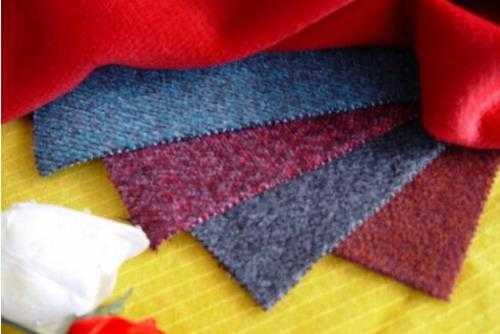
NewsInformation Center
How many types of textile testing are there?
2021/08/26
We need to pay attention to the quality and hygiene of textiles, so we must pay attention to the textiles we buy back. So today I will tell you what are the contents of textile testing? Several contents of textile testing.

1. Shrinkage test
Because we often use washing machines to wash textiles at home, it is important to determine the stability of textiles.
Method: Before washing, measure the length of the article, and determine the size change of the sample by measuring the change of the mark after washing. We choose washing and drying methods according to the types and requirements of the items, adding standard detergent and appropriate water level to start washing and drying, and finally get the test results.
2, performance test
Tensile strength: The measured tensile strength is the force used when a certain size of fabric is stretched by a stretching machine at a constant rate to break. Tensile strength testing includes grab sample method and peel sample method. Specific test methods can be selected according to different test standards and requirements.

Anti-pilling performance: Roll the fabric under specific conditions and rub it for a certain period of time, and then observe the phenomenon of fluffing and pilling on the surface. Pilling refers to the accumulation of pompoms formed by entangled fibers on the surface of the fabric, and pilling refers to the fiber roughness and/or fiber fluffing on the surface of the fabric, which leads to changes in the appearance of the fabric. Fluff and pilling are evaluated by rated samples or original comparisons.
3, color fastness test
Washing color fastness: Sewing the sample and the standard lining fabric together, washing and drying, and bleaching and washing at the appropriate temperature and alkalinity, so that the test results can be obtained in a short time. The friction cleaning in this process is achieved by rolling and impacting with a smaller bath ratio and an appropriate number of stainless steel balls. Finally, use a special gray card to classify the standard lining fabrics and samples to obtain color fastness and obtain test results. Different test methods have different temperature, alkalinity, bleaching and friction conditions, and sample size. Specific methods should be selected according to test standards and customer requirements. Generally, the colors with poor color fastness to washing are turquoise blue, bright blue, scarlet, navy blue, etc.
Color fastness to perspiration: the sample and the standard lining fabric are stitched together, treated in sweat, clamped on the perspiration fastness tester, placed in a constant temperature oven, and then the lining fabric of the sample is dried separately, and finally with a special The gray card classifies lining fabrics and samples to obtain color fastness and obtain test results. Different test methods have different sweat ratios, different sample sizes, and different test temperatures and times.
4, chemical performance test
Formaldehyde test: extract a certain amount of free formaldehyde or released formaldehyde in a certain amount of fabric through a certain method, and then conduct a colorimetric test to calculate the formaldehyde content.
pH test: Use a pH meter to accurately measure the pH value of the fabric solution. The value read on the pH meter is the measured pH value.
The above is a few of the content about testing textiles summarized by the editor for everyone. I hope you can learn from it, and I hope you can continue to understand the knowledge of textiles: http://www.standard-groups.com/en/
Previous: Where can I buy Circulose fabric?
N e x t : Test method for waterproof, oil-proof and antifouling of textiles



